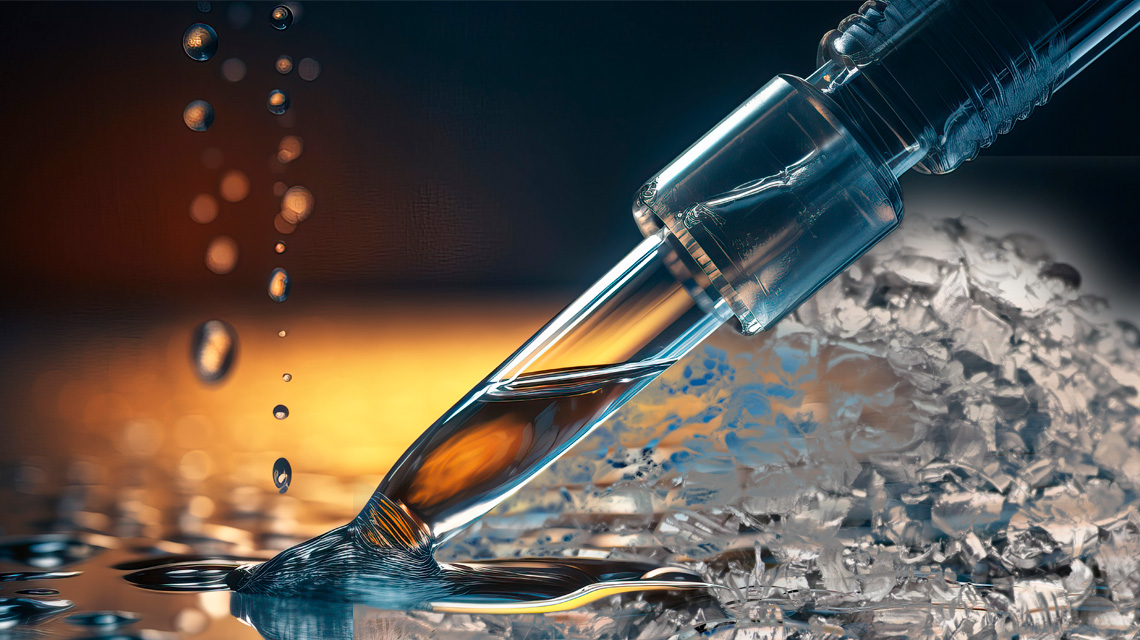Italian National Agency for New Technologies, Energy and Sustainable Economic Development

Innovation: ENEA developed process to recover magnesium from seawater
Recovering magnesium from seawater desalination brine is one of the latest ENEA ground-breaking research innovations to achieve a circular economy, published in the journal Environment, Development and Sustainability.
"Given its strategic importance, we have dedicated a line of research to the extraction of magnesium from brines and produced and published a review preparatory to the activities under way", said Danilo Fontana, researcher at the ENEA Laboratory of Technologies for the Reuse, Recycling, Recovery and Valorisation of Waste and Materials.
There are currently nearly 16,000 desalination plants operating worldwide, producing approximately 95 million m3 of desalinated water per day. Brine production, on the other hand, amounts to 142 million m3 per day (about 50% more than the total desalinated water volume) with Saudi Arabia, the United Arab Emirates, Kuwait and Qatar accounting for the largest share of the world’s brine production for civil uses (particularly human consumption and agriculture).
“Current desalination technologies produce large quantities of brines that have three times the salinity of seawater. Their disposal impacts the aquatic ecosystem when discharged into the sea. At the same time, brines is a precious secondary source of magnesium which, if recovered, could be used in a variety of industrial applications”, said Fontana, who edited the publication together with Federica Forte, Massimiliana Pietrantonio, Stefano Pucciarmati and Catherine Marcoaldi.
Magnesium is a metal which does not occur in its elemental form in nature and it’s the eighth most abundant element in the Earth's crust (about 2%). The concentration values of magnesium in brines from desalination plants (especially those with reverse osmosis systems) are very high (1860-2880 milligrams per litre). Sodium (15,300-25,240 mg/litre), calcium (520-960 mg/litre) and potassium (740-890 mg/litre) are also present in large quantities. “But magnesium is the most important metal in industry and the European Commission included it in a list of 34 critical raw materials, due to its high supply risk and strategic value.
China is the largest producer of magnesium in the world and supplies currently 90% of the world demand for magnesium, followed by Russia (6%), Kazakhstan (2%), Israel (2%) and Brazil (2%)”, pointed out Fontana.
The main applications of magnesium are, for example, aluminum alloys, used mostly in packaging (35%), transport (25%) and construction (21%); it is also used in the pharmaceutical industry (as an excipient), in the food and cosmetic industry and in the treatment of waste water. Magnesium is also widely used in the automotive, aerospace and sports equipment manufacturing sectors (mechanical components of bicycle saddles, ski and snowboard boots, etc.) which employ a technology called magnesium die-casting – which uses the properties of magnesium to create components with a complex shape and thin thickness easily, accurately and at low cost.
Currently, in Europe the recycling rate of magnesium extracted from end-of-life products is 15%. It is all the more necessary to increase this percentage, also due to the important application of this metal as a raw material for batteries: lightweight, it has the advantage of sharing two electrons per atom and it is considered an interesting alternative to lithium for future electrochemical accumulators. "We have studied the technologies for recovering magnesium from brines available in the literature, identifying their critical issues and potential", explained Fontana. “Most of these technologies remain confined to laboratories. Just a few focus on technical-economic feasibility and environmental sustainability. Our technical review can provide 'insights' to further research to transfer the technologies developed so far from the laboratory to the market, with beneficial effects to the economy and the environment", concluded Fontana.
